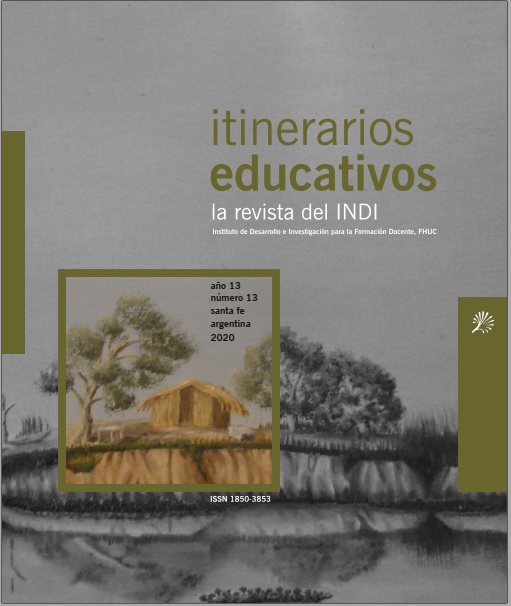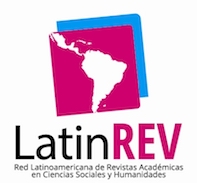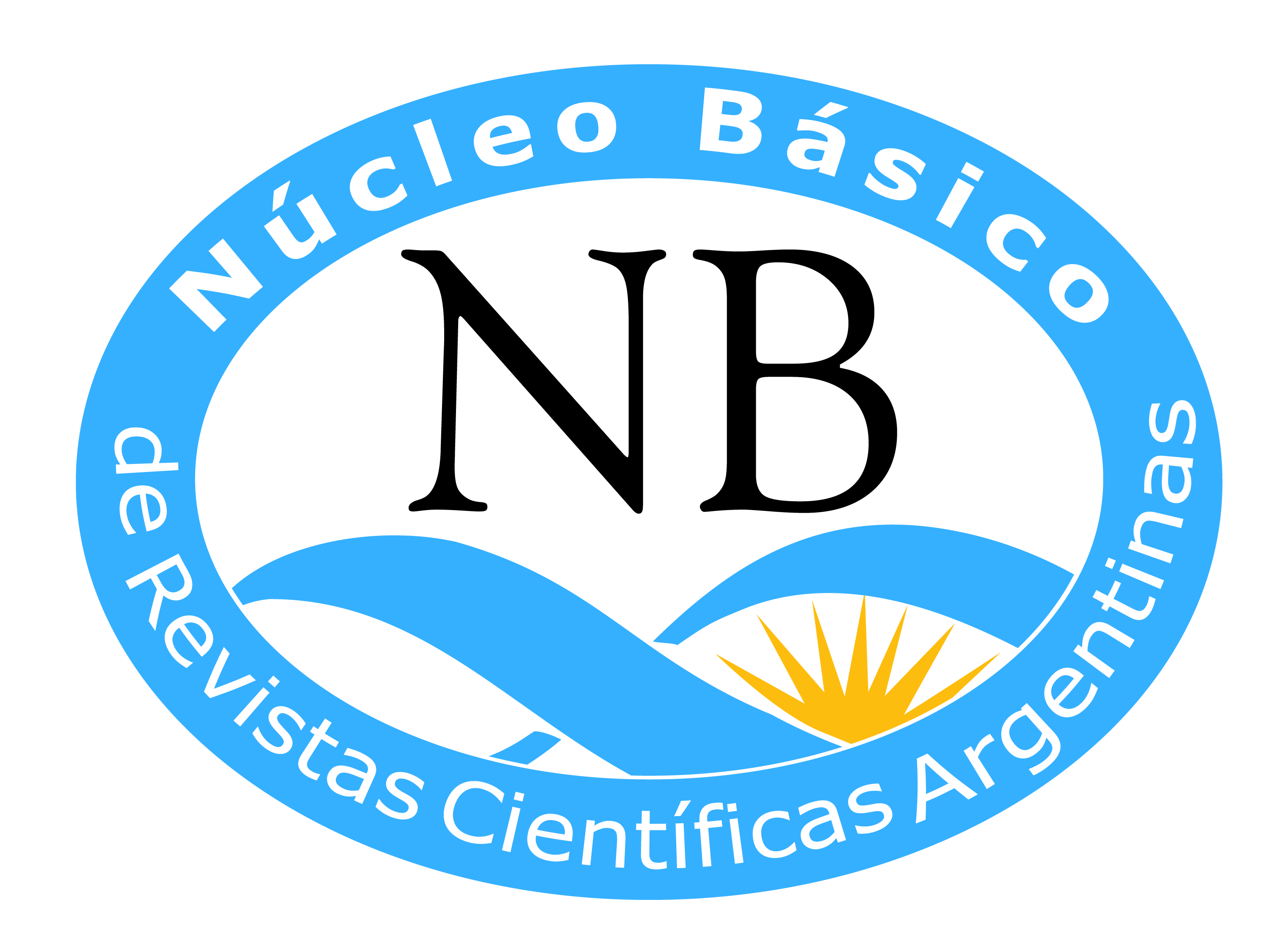Audiovisual Literacy: an Analysis of Didactic Material in Production
DOI:
https://doi.org/10.14409/ie.v0i13.9889Keywords:
democratization of technological devices, educational materials, visual studies, audiovisual literacyAbstract
This article presents the advances of research
carried out to finish a degree of Bachelor of Arts in
Literature at the Faculty of Humanities and Sciences of
Universidad Nacional del Litoral in Santa Fe, Argentina.
The corpus consists of two educational materials on
audiovisual literacy. The first one (Case I) was produced
by the Ministry of Education, Science and Technology
of Argentina in 2007. The second one (Case II) was
published by the Ministry of Education of the province of Santa Fe (Argentina) in 2017. Both texts were
selected because they based their proposals on visual
studies (Mitchell, 1994; Mirzoeff, 1999). The concept
of ‘selective tradition’ (Williams, 1977) and the ‘theory
of social discourses’ (Verón, 1987) allowed us to compare both texts considering the following variables: 1)
theoretical framework; 2) educational policies related
to the democratization of technological devices; 3) the
pedagogical discourse on audiovisual literacy. It is considered that Case I introduces the effect of the sense
of scientificity (Verón, 1987) as it comes up with a
situated categorical reinvention (Gerbaudo, 2011) of
updated theological developments. On the other hand,
Case II reveals an applicationist use of theory (Gerbaudo, 2011) and defines regulations for working with
audiovisual resources
Downloads
Published
How to Cite
Issue
Section
License
Those authors who have publications with this magazine, accept the following terms:
The authors will retain their copyright and guarantee the journal the right of first publication of their work,
which will be simultaneously subject to the Creative Commons Recognition License that allows third parties to share
the work whenever its author and first publication this magazine.
Authors may adopt other non-exclusive licensing agreements for the distribution of the published work (eg, deposit
it in an institutional telematic file or publish it in a monographic volume) whenever the initial publication in this
journal is indicated.
Authors are allowed and advised to disseminate their work through the Internet (eg, in institutional telematic files
or on their website) before and during the submission process, which can produce interesting exchanges and increase
citations of the published work. (See The effect of open access).
















